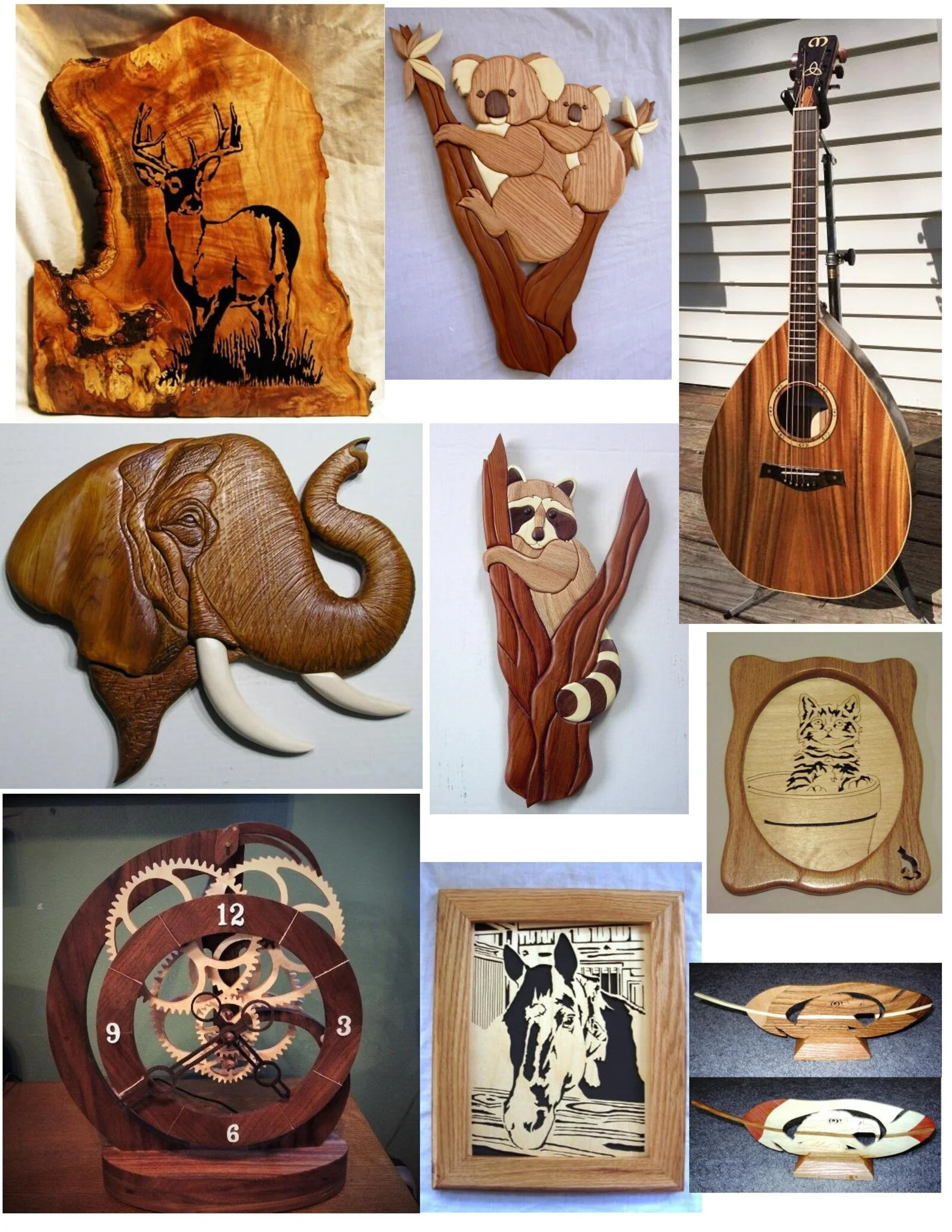One Man’s Journey: Living with Osteoporosis and Helping Others
Whether you’ve just been diagnosed with osteoporosis or have been living with it for some time, chances are you may have many questions. How do I manage the disease? Will I break a bone or suffer a second fracture? Do I have to give up all the activities I love?
It’s normal to have questions and feel uncertainties, but it’s also important to remember that many people with osteoporosis live full, rewarding lives. Ray Morgan is one of them. Up until he was diagnosed in his early 40s, Ray led a highly active lifestyle. “My whole life I did heavy physical things,” he says. “I’m a six-year Navy veteran, was a volunteer firefighter, and did a lot of hiking.” A DXA bone density test performed after he suffered the second of his six back fractures revealed he did indeed have osteoporosis. With treatment and lifestyle adjustments, Ray has tackled many challenges and he now helps others with osteoporosis get the information they need to help manage their own care.
How Life Changes with Osteoporosis
Osteoporosis is a condition where your bones lose strength and you’re left at a higher risk of breaking a bone when compared to those who do not have the disease. Though some people are first diagnosed with osteoporosis after they suffer a fracture, not everyone with the condition goes on to break a bone. Once you learn ways to reduce your risk, a broken bone isn’t inevitable.
Though it’s often thought of as an “elderly woman’s disease,” younger people, including children, can also have osteoporosis. Men, too, get the disease, with one in four over the age of 50 breaking a bone because of it. Everyone’s experience with osteoporosis is different, but with treatment and/or lifestyle changes, you can still lead a very full life.
If you have osteoporosis, you may or may not experience pain. It is often called a “silent disease” because initial weakening of the bones cannot be felt. Fractures resulting from bone loss are another story. For Ray, chronic pain is now something he manages on a daily basis. He also must use a cane when walking. Although he can no longer do many of the physical activities he once appreciated, such as hiking, he enjoys creating wood art pieces and playing the Renaissance-style acoustic guitar he built.
No Bones About It – You’re Not Alone!
Most people feel anxious when first diagnosed with osteoporosis. Often that’s due to not knowing anyone else with the condition. Yet 200 million people internationally live with the disease, and it’s estimated that over 54 million Americans either already have it or are at risk of developing it.
There’s no cure for osteoporosis but there are steps you can take to slow or prevent its progress.
Getting enough vitamin D and calcium in your diet.
Taking medications recommended by your healthcare provider.
Staying as physically active as possible. Walking can be a great exercise for people with osteoporosis.
Finding ways to do the things that make you happy. Lunch with a friend or a trip to the museum are still possible if you take the right precautions.
Joining a support group is one of the best ways to realize you’re not alone. For Ray, that’s meant becoming an active advocate with the National Osteoporosis Foundation (NOF) support community where he volunteers as an online moderator.
“I think it helps when people are experiencing something like this to learn that others have been there,” he says. Ray sees himself as a referee of information, helping to ensure others are receiving the information they need to live with osteoporosis. For as Ray has learned, having good guidance to set you on the right path can make all the difference in living a fulfilling life.
This story is part of a support initiative called Voices of Osteoporosis: Stories of Hope and Inspiration. If you have experienced osteoporosis as a patient or caregiver, we invite you to share your story. Your story could inspire others to learn how to protect their ability to live their best life and stay bone strong. Click here to learn more.




